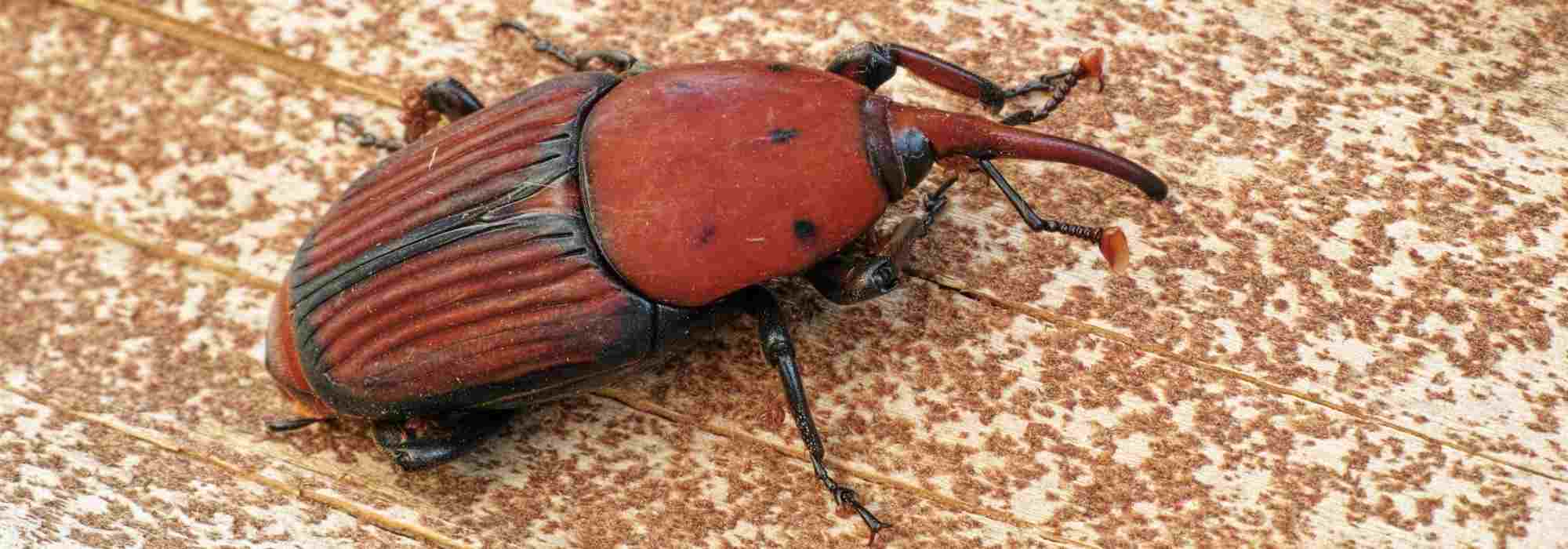
Controlling red palm weevil
Public enemy No. 1 of palm trees
Contents
Native to Oceania and accidentally introduced into France in 2006, the red palm weevil –Rhynchophorus ferrugineus- is a real nightmare for nurseries, local councils and owners of these exotic plants. Capable of attacking more than a dozen different palm species, this plant-eating beetle can finish off a specimen in just two years. This long-distance traveller, which took advantage of international trade to slip into Europe, has become the largest curculionid in our regions. The law requires local authorities to combat this invasive species when its presence is confirmed or suspected in the territory concerned.
Discover our advice to recognise the symptoms of its attacks, as well as the steps to take to fight effectively in case of infestation by this palm pest.

Which palm trees are affected?
Responsible for the death of several tens of thousands of palms since its arrival in Europe, the red palm weevil is now present across much of southern France (Haute-Corse, Corse-du-Sud, Alpes-Maritimes, Bouches-du-Rhône, Var, Vaucluse, Gard, Hérault, Aude, Pyrénées-Orientales).
It attacks all members of the family Arecaceae. In France, the red palm weevil’s preferred targets are date palms (Phoenix dactylifera) and Canary Island palms (Phoenix canariensis). However, many other common species may be parasitised: Trachycarpus fortunei, Chamaerops humilis, Washingtonia.
Life cycle of the red palm weevil
Life cycle begins with egg-laying on a damaged or more vulnerable part of the palm : a broken branch, a crack in the trunk or the base of a leaf.
100 to 300 eggs can be laid by a single female. These will give rise to a legless, plump larva that will be the main cause of plant decline. It bores galleries with its oversized mandibles into the palm fronds and stipe (false trunk of palms) while feeding on plant tissues. These galleries create conditions favourable to plant rot. Small piles of sawdust-like frass will confirm presence of larvae.
Larval stage lasts between 3 and 10 months (depending on egg-laying period) and ends with pupation in a chamber made of palm fibre. An adult 3.5 cm long, red-orange in colour, then emerges from that cocoon.
Finally, adults can fly several kilometres to spread to other trees far apart!
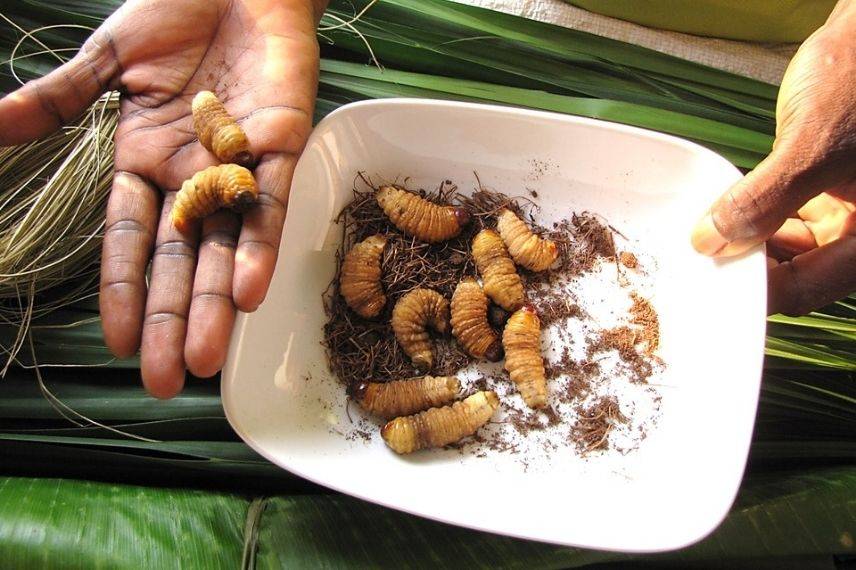
Larvae of the red palm weevil (
Discover other Palm trees
View all →Available in 5 sizes
Available in 1 sizes
Available in 1 sizes
Available in 1 sizes
Available in 4 sizes
Available in 1 sizes
Available in 1 sizes
Available in 1 sizes
Available in 1 sizes
Available in 2 sizes
What are the symptoms of red palm weevil?
It must above all be understood that once symptoms of decline appear, it is unfortunately already too late to save the palm. In other words, you must watch very closely for signs indicating presence of this red palm weevil before symptoms appear, which occur long after colonisation of the palm (several months after emergence of larvae!).
When infestation goes unnoticed, most common symptoms are :
- Wilted (browned) fronds falling prematurely to ground ;
- Central fronds bending ;
- Stipe pierced by numerous holes and beginning to rot ;
- Notches on leaflets of fronds ;
- Misalignment of fronds of main crown ;
- Galleries, sawdust and cocoons at base of fronds ;
- Within the crown of the palm a rot with a characteristic odour develops.
Whatever the symptoms, death of the tree is inevitable at this stage.

Damage caused by red palm weevil on a palm (Photo JR Villena) and a Phoenix canariensis (Photo: Tuvalkin)
How can I get rid of palm weevils?
Preventive control
Red palm weevil is more easily attracted to a palm with a wound where it can lay eggs easily. It is therefore necessary to protect pruning wounds and to seal the various scars by applying a mastic.
Another preventive measure is to inspect the base of the fronds and the stipe regularly from April onwards: if your municipality is prone to this parasitic pest, check for any signs of wood-boring at the base of the fronds and the stipe of your palm! Avoid pruning palms during the insect activity period: March to October.
If your palm is infested and the culprit is positively identified, here is how to treat red palm weevil:
Biological control
One biological method is spraying nematodes such as Steinernema carpocapsae, which will promptly parasitise the larva of the red palm weevil. Alternatively, a pathogenous fungus, Beauveria bassiana, active against larvae, can be applied to the crown of palms. This solution acts both as curative and as preventive.
Chemical control
Emamectin benzoate is sometimes injected into the palm stipe and appears effective but should be used only as a last resort in critical situations.
Trapping
Pheromone traps guarantee 3 months’ protection against adult weevils. They enable trapping and detection of all pests, males and females. Add some pieces of banana to the trap.
Attention: you are legally obliged to report presence of the parasitic organism to competent authorities (for example, local authority) and to contact an approved company that will take necessary measures to eradicate this species from your property!
In conclusion
The red palm weevil is now well established around the Mediterranean basin. Its dispersal ability and the high cost of eradication make it almost impossible to eradicate completely. We will probably have to learn to “live with” it, as beekeepers have with the Asian hornet.
Note that preventive control measures are the most effective and least costly.
A positive note to finish: its low cold tolerance (between 0 and 5 °C, most adults and larvae die) prevents it from spreading to regions further north in mainland France.
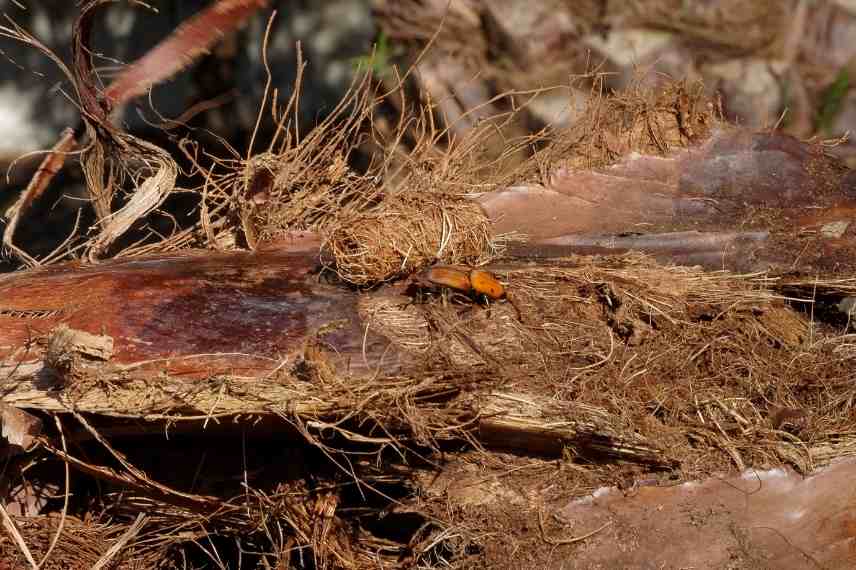
- Subscribe!
- Contents
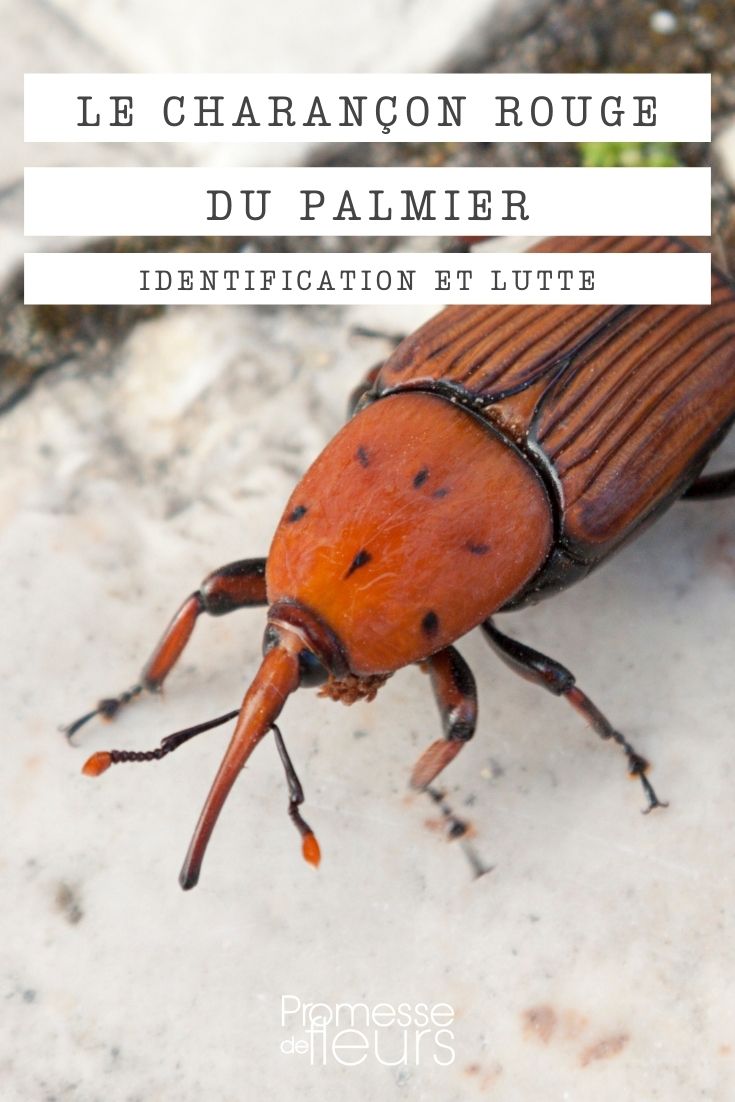































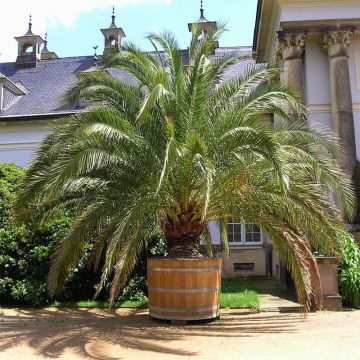
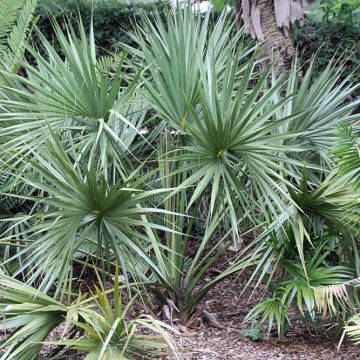
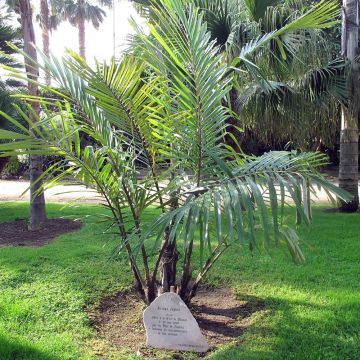

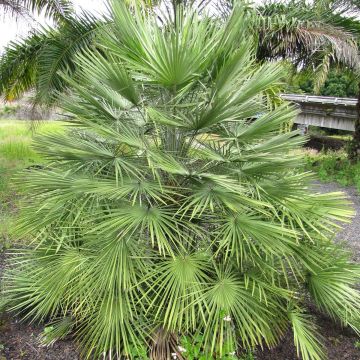
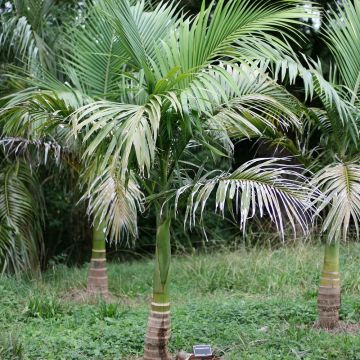
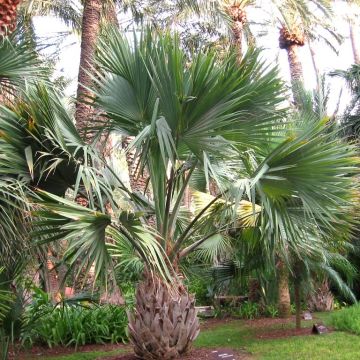
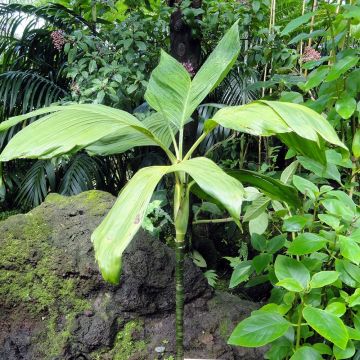
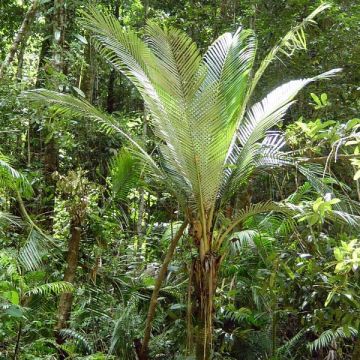

Comments